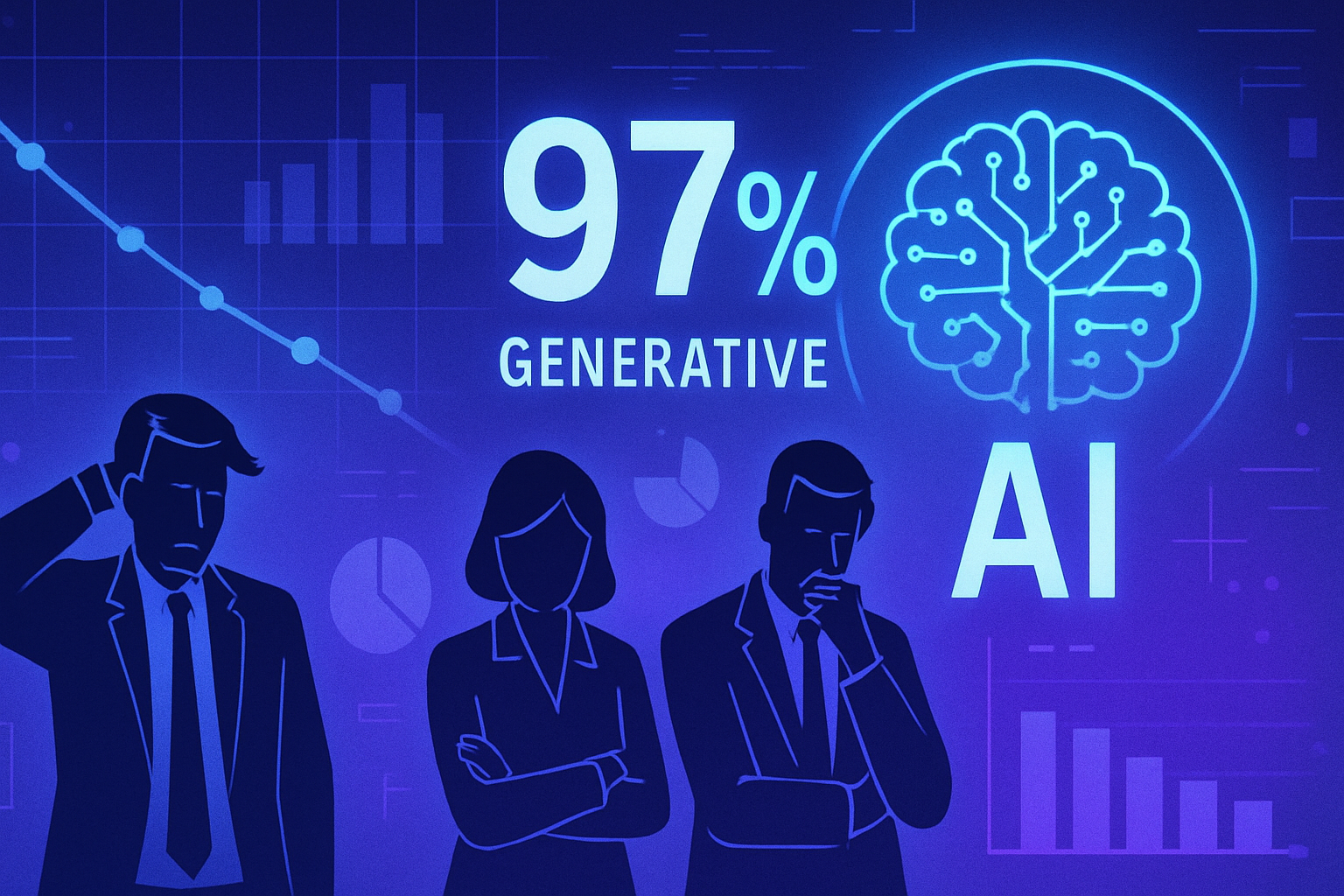The rise of artificial intelligence in the medical field raises a troubling question: can we really use photos of our genital organs to detect STIs? The Calmara app, with its bold promise, challenges the foundations of modern sexual health. A simplistic view of detection raises significant ethical issues _regarding consent_ and _data protection_. The ability of AI to analyze sensitive data raises concerns about the reliability of a diagnosis based on a single image. The promises of speed hide a misunderstanding of clinical realities and the inherent limits of infection detection.
The concept of Calmara and its functioning
The Calmara app claims to revolutionize the detection of sexually transmitted infections (STIs) by relying on photos sent by users. According to its designers, a simple image of the genitalia would allow an identification algorithm to assess the risks of STIs. The colorful interface of Calmara evokes a friendly space, similar to that of social networks, but this approach raises many questions.
The promises and challenges of using AI
The initiators of Calmara claim a detection accuracy of up to 94.4% thanks to artificial intelligence. This success would be based on the AI’s ability to visually analyze anomalies, such as lesions or redness. Despite these claims, the question of the reliability of these diagnoses remains open, especially given that many STIs are asymptomatic.
The ethical implications and confidentiality
The use of photos of genital organs for diagnosis raises major ethical concerns. Users expose themselves to significant risks regarding the protection of their personal data. Although Calmara assures that images are deleted after analysis, its privacy policy indicates that user data is shared with partners for hosting and marketing purposes.
The targeted marketing discourse and its repercussions on public health
Calmara seems to primarily target young adults, enticed by an accessible and rapid approach. However, this discourse could create a false sense of security among users. By presenting the application as a time-saving method to avoid a medical consultation, Calmara could potentially encourage risky behaviors.
Reactions and criticisms from the medical community
Doctors and health professionals are concerned about the impact of applications like Calmara. Several experts point out that self-diagnosis based on photos can lead to diagnostic errors and delayed treatment of STIs. Medical authorities will always recommend consulting a qualified professional for any suspicion of infection.
The dangers of such an application for minors
Although Calmara claims to be prohibited for users under 18, the lack of mechanisms to verify age raises concerns. The risks of exposing minors to sensitive content, as well as possible violations of their privacy, pose a major ethical issue. In a context where digital technology holds a prominent place in the lives of adolescents, these questions become even more ^relevant.
Conclusion on the future of digital diagnosis
The STI detection technology based on photos could lead to advancements, but it requires a thorough reassessment of the societal and ethical implications. The crucial role of health professionals must be preserved to ensure safety and public health. The issues surrounding privacy and data confidentiality cannot be overlooked in this quest for innovation.
Frequently asked questions about using photos of genital organs to detect STIs with AI
Can we really diagnose an STI using a photo of our genitalia?
No, it is not possible to accurately diagnose a sexually transmitted infection solely by taking a photo. STIs can be asymptomatic and require a thorough medical examination for a reliable diagnosis.
How does the app that claims to use photos to detect STIs work?
The app uses artificial intelligence algorithms to analyze the photos submitted by users and compare the results with a database of images. However, this process may be unreliable.
What are the limitations of this AI technology in the field of sexual health?
Limitations include a lack of precision, the possibility of identifying symptoms that do not correspond to an STI, and the inability to detect asymptomatic infections. Moreover, privacy and data confidentiality are major concerns.
What risks may arise from using such an application?
Risks include misinterpretation of results, delays in diagnosis and treatment, as well as the leakage and misuse of personal data submitted by users.
Can the results provided by the app replace a medical consultation?
No, the results of an application cannot replace a medical consultation. An appropriate screening test, conducted by a healthcare professional, remains essential for obtaining an accurate diagnosis.
What ethical factors should be considered when using AI applications for sexual health?
Ethical considerations include the protection of personal data, informed consent from users, and the responsibility of developers regarding the potential consequences of diagnostic errors.
Are young adults particularly vulnerable to this type of technology?
Yes, young adults may be more inclined to use these applications due to their familiarity with technology, but they may also lack discernment about the associated risks and the reliability of the results.
Are there recommendations for those considering using this type of application?
It is recommended to consult a healthcare professional before using such applications, to consider the limitations and risks of the service, and to not overlook appropriate medical tests.






